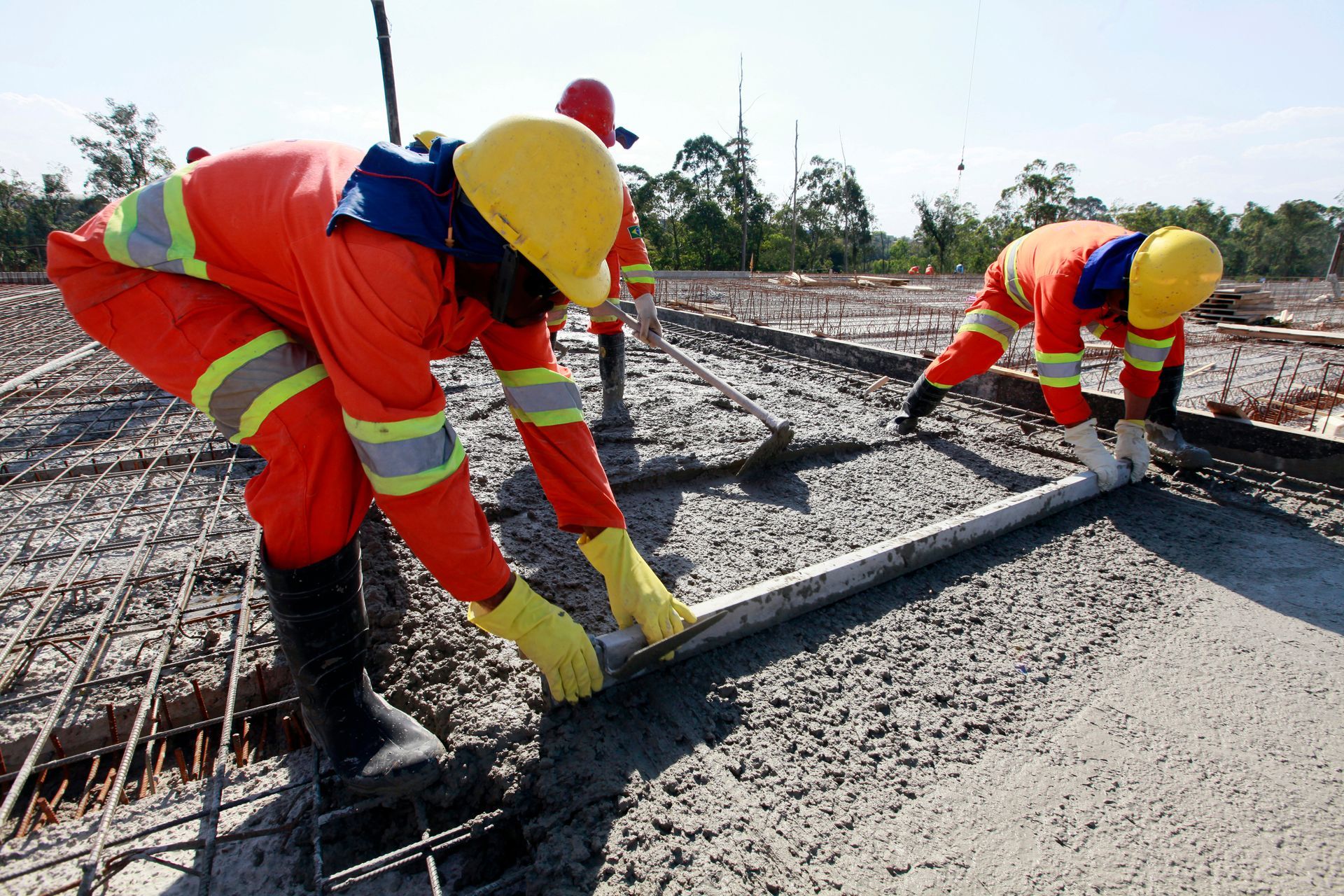Commercial Concrete Jacksonville Florida
Reinforcement Techniques for Commercial Concrete
In the realm of commercial construction, the use of concrete as a primary building material is widespread due to its exceptional strength and durability. To further enhance the performance of concrete structures, various reinforcement techniques have been developed and implemented. These techniques aim to mitigate cracking, increase load-bearing capacity, and improve overall structural integrity.
Steel rebars, also known as reinforcing bars, are widely used in commercial construction projects. These bars are typically made from high-strength steel and are embedded within the concrete to provide tensile strength. The rebar mesh acts as a framework, preventing cracks and enhancing the structural integrity of the concrete.
Post-tensioning is another prevalent reinforcement technique. In this method, steel tendons are placed within the concrete members and then tensioned with hydraulic jacks. This process creates compressive forces that counterbalance the tensile stresses induced in the structure, resulting in increased strength and load-bearing capacity.
Pre-stressed concrete takes a different approach by incorporating tensioned steel strands or bars before the concrete is cast. By applying stress to the reinforcement prior to loading, the concrete becomes inherently stronger and more resistant to cracking under heavy loads.
Fiber reinforcement is a relatively newer technique that involves adding discrete fibers, such as steel, glass, or synthetic fibers, to the concrete mix. These fibers enhance the tensile strength and ductility of the concrete, reducing the risk of cracking and enhancing durability.
Each reinforcement technique offers unique advantages and is suited to different commercial construction applications. Steel rebars provide cost-effective reinforcement, while post-tensioning and pre-stressed concrete are ideal for structures that require high load-carrying capacity. Fiber reinforcement, on the other hand, excels in improving crack resistance and durability.
Free No Obligation Quote
Contact Us
We will get back to you as soon as possible.
Please try again later.
Construction Methods for Commercial Concrete Projects
Commercial concrete projects require efficient and effective construction methods to ensure the timely and successful completion of large-scale structures. These methods encompass various aspects of the construction process, including formwork systems, concrete pumping, curing techniques, and quality control measures. Understanding and implementing these methods are crucial for achieving high-quality results.
Formwork systems play a vital role in commercial concrete construction. These systems provide temporary molds that shape the concrete into the desired form. They can be made of wood, steel, or aluminum and are designed to withstand the pressure exerted by the wet concrete. Advanced formwork systems, such as modular formwork, offer flexibility, ease of assembly, and quick dismantling, enhancing the speed and efficiency of the construction process.
Concrete pumping is another essential method employed in commercial projects. It involves the use of specialized equipment to transport concrete from the mixing site to the desired location, ensuring precision and minimizing manual labor. Concrete pumps can be either boom pumps or line pumps, with the former providing vertical and horizontal reach, while the latter is more suitable for smaller-scale projects or confined spaces.
Curing techniques are crucial for the strength and durability of concrete. Proper curing ensures that the concrete gains its full strength by maintaining adequate moisture levels and temperature during the early stages of hardening. Methods such as water curing, membrane curing, and curing compounds are employed to prevent cracking, enhance the concrete's long-term performance, and achieve the desired quality.
Quality control measures are integral to commercial concrete projects to ensure compliance with industry standards and project specifications. These measures involve rigorous testing and inspection of the materials, monitoring of the construction process, and adherence to established guidelines. Quality control helps identify any potential issues early on, allowing for timely corrective actions and preventing costly rework.
Having an Emergency?
We're available 24-hours a day, 7 days a week.
Common challenges in commercial concrete projects and how to overcome them
- Concrete Quality: Maintaining consistent concrete quality throughout the project is crucial. To overcome this challenge, conduct regular testing of raw materials, implement quality control measures, and work closely with concrete suppliers to ensure adherence to specifications.
- Scheduling and Deadlines: Meeting project timelines is often a major challenge. Effective project planning, including realistic scheduling and allocation of resources, is essential. Regular communication with all stakeholders, proactive problem-solving, and contingencies for potential delays can help minimize schedule disruptions.
- Weather Conditions: Adverse weather can significantly impact concrete projects. Monitor weather forecasts and plan accordingly. Utilize protective measures like tarps and temporary shelters to shield freshly poured concrete from rain, extreme heat, or freezing temperatures.
- Site Access and Logistics: Limited space and restricted site access can hinder concrete delivery and placement. Collaborate closely with contractors, suppliers, and other trades to coordinate logistics, ensure timely deliveries, and optimize material handling and storage.
- Design Changes: Modifications to design plans can occur during the construction process, leading to challenges in implementing these changes. Maintain open lines of communication with the design team, document changes accurately, and assess the impact on the project timeline and budget. Adapt and adjust construction sequences as necessary.
- Safety and Risk Management: Commercial concrete projects involve various safety hazards. Develop and enforce comprehensive safety protocols, conduct regular training sessions, and promote a safety-first culture. Identify and mitigate potential risks to ensure a safe working environment.
- Cost Control: Budget overruns can occur due to unforeseen circumstances or inadequate cost estimation. Prepare a detailed budget with a contingency fund. Regularly monitor expenses, identify cost-saving opportunities, and track project progress against budgetary targets.
Choosing Concrete Jacksonville means opting for expertise, reliability, and quality. Our Concrete Contractors in Jacksonville, Florida, are dedicated to providing the best service, ensuring your complete satisfaction with every project.
Location
Call
All Rights Reserved | Concrete Jacksonville FL | Powered by Snapps



